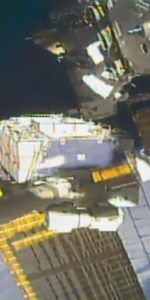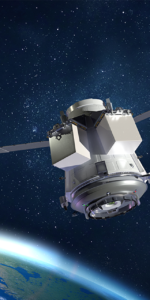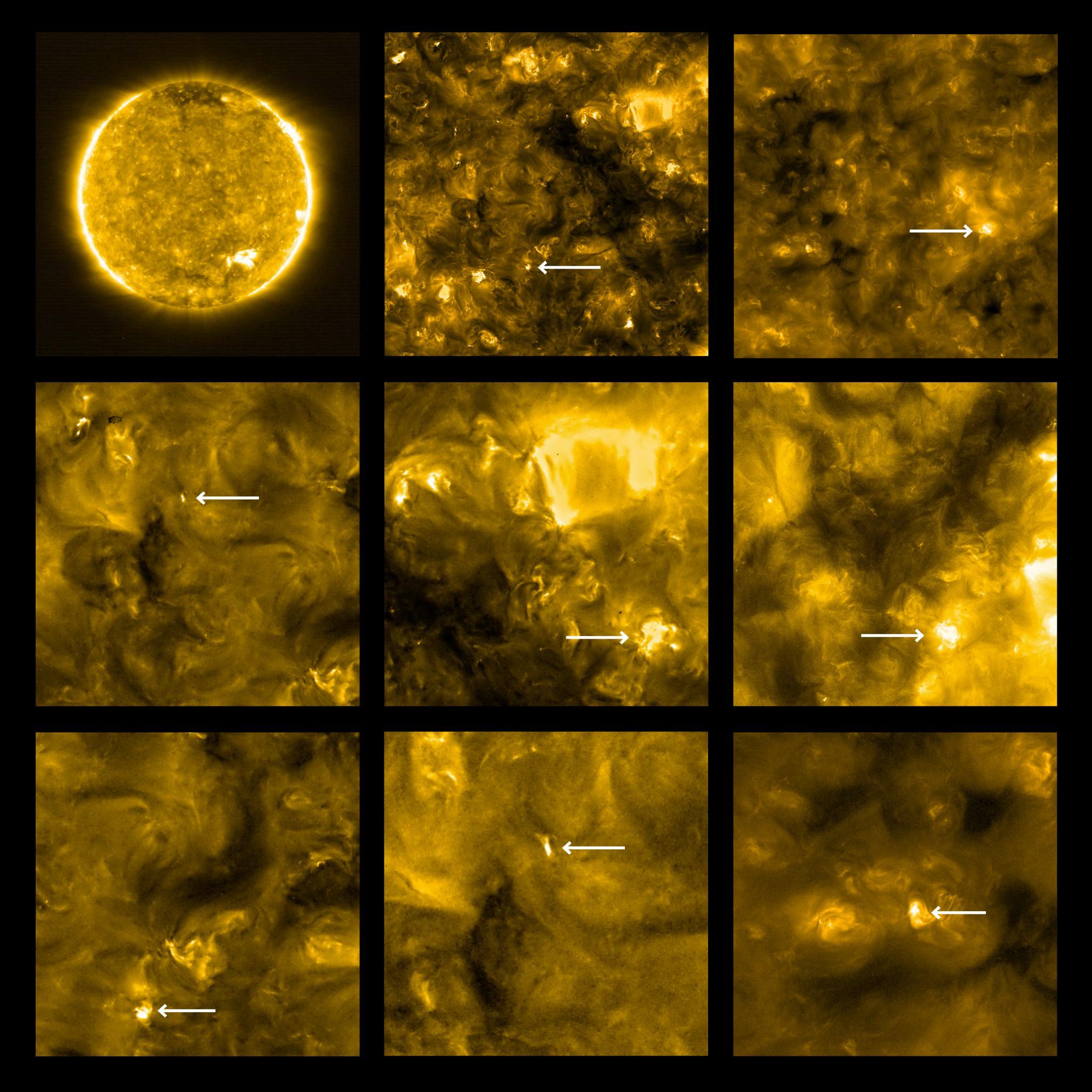
Solar Orbiter, a joint mission between NASA and ESA to study the Sun in unprecedented detail, has just returned the closest images of our local star ever taken, and they are amazing. The images, and other data, were sent back after the spacecraft’s first close flyby of the Sun in mid-June. The images were released during a joint online NASA/ESA press conference that was streamed live on NASA’s website.
“These unprecedented pictures of the Sun are the closest we have ever obtained,” said Holly Gilbert, NASA project scientist for the mission at NASA’s Goddard Space Flight Center in Greenbelt, Maryland. “These amazing images will help scientists piece together the Sun’s atmospheric layers, which is important for understanding how it drives space weather near the Earth and throughout the solar system.”
“We didn’t expect such great results so early,” said Daniel Müller, ESA’s Solar Orbiter project scientist. “These images show that Solar Orbiter is off to an excellent start.”
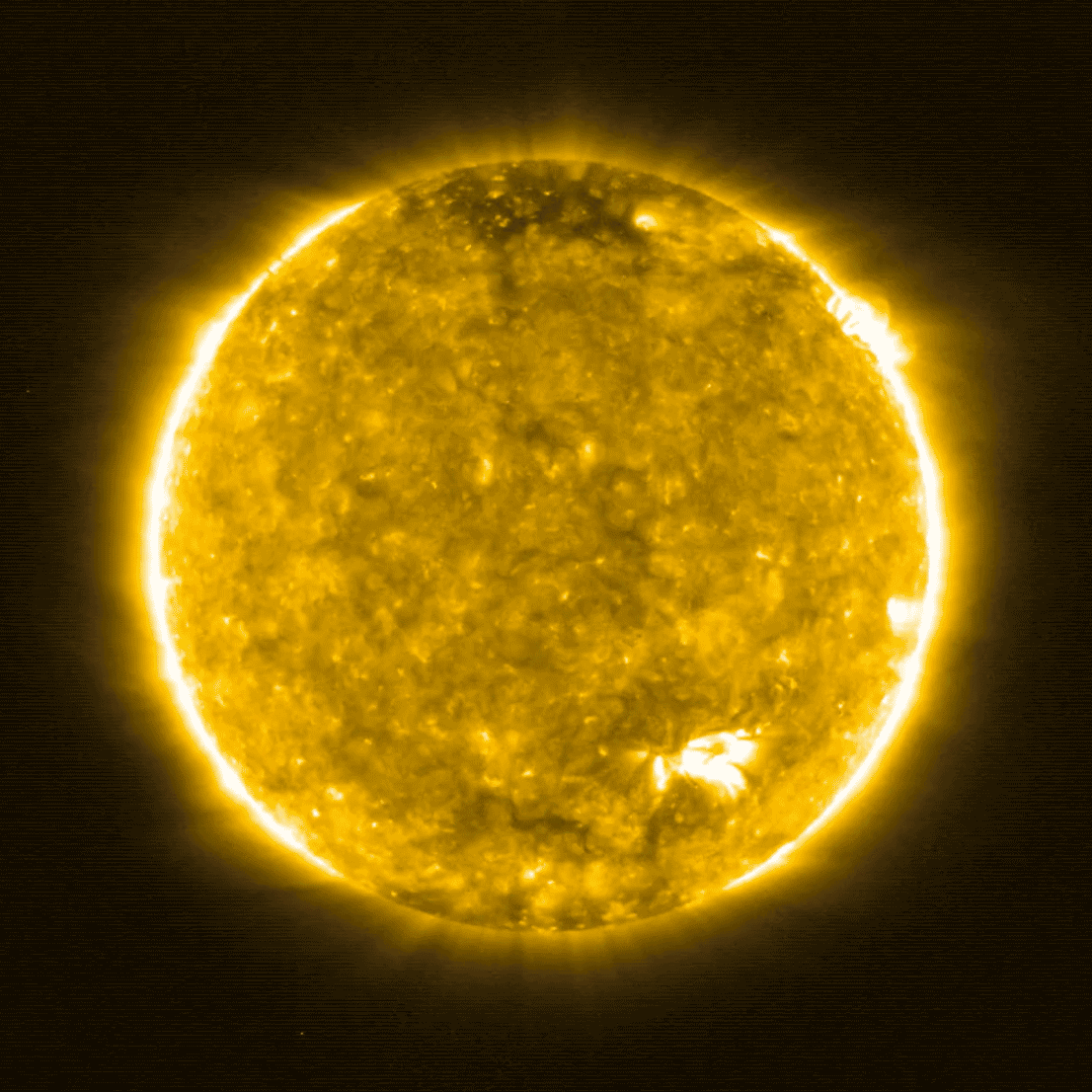
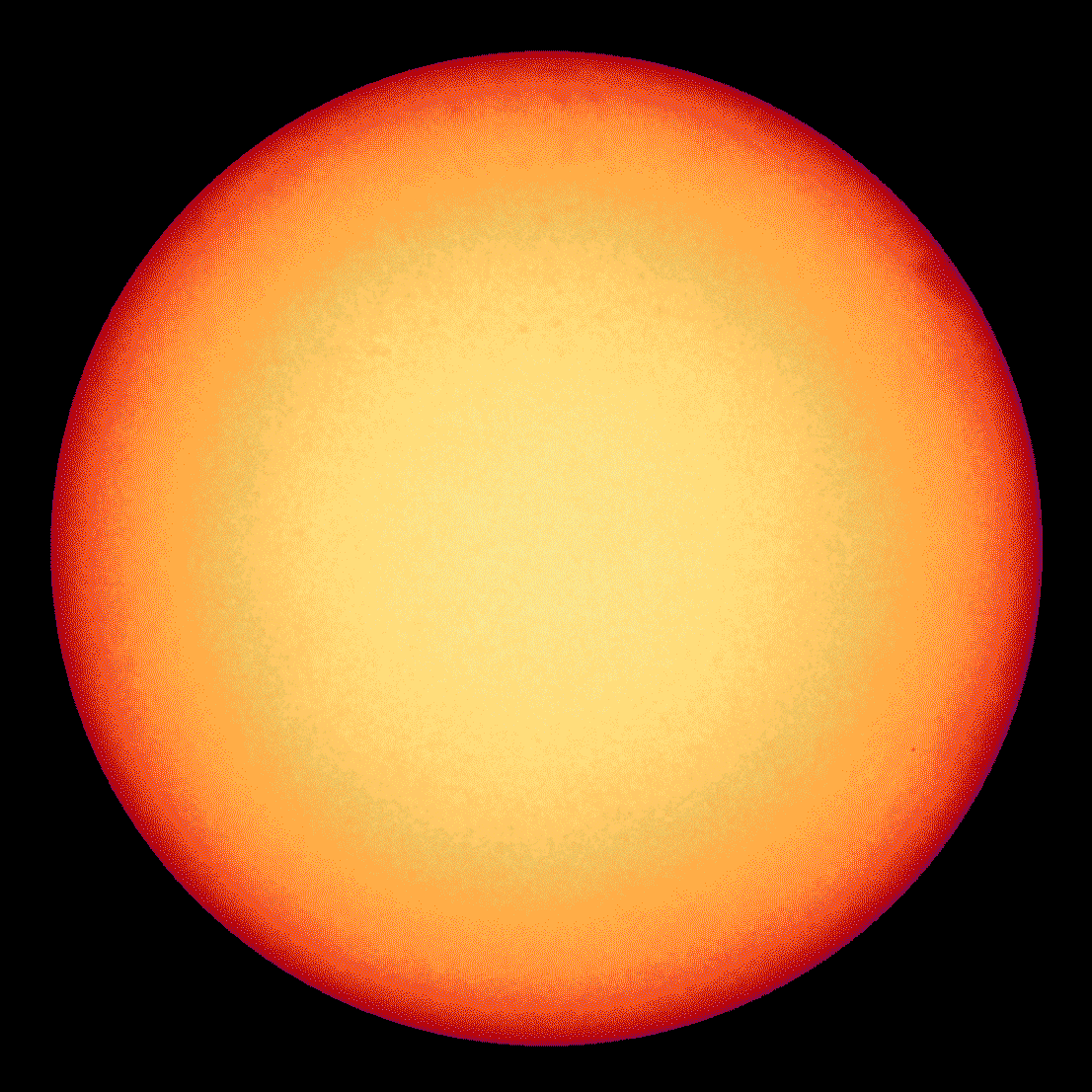
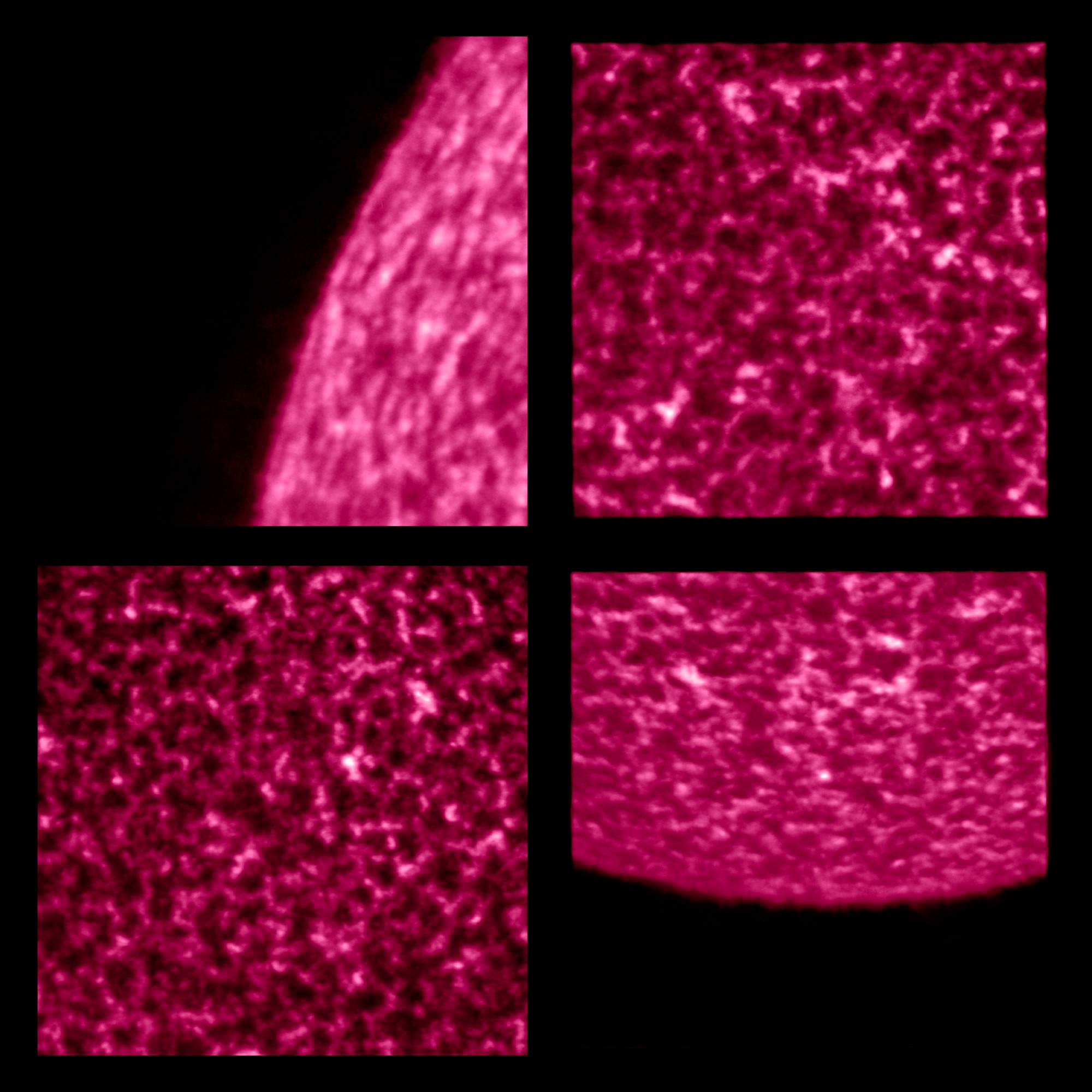
When Solar Orbiter flew within 48 million miles of the Sun on June 15, 2020, all 10 science instruments were turned on, including six cameras. Each camera is designed to study a specific aspect of the Sun, and the Extreme Ultraviolet Imager (EUI) showed details never seen before, such as the “campfires” as they’ve been called. According to Principal investigator David Berghmans:
“The campfires we are talking about here are the little nephews of solar flares, at least a million, perhaps a billion times smaller. When looking at the new high resolution EUI images, they are literally everywhere we look.”
The campfires appear as small bright spots in the Sun’s atmosphere, kind of like how a campfire in the woods would appear when seen from high above. Scientists aren’t quite sure just what they are yet, but they may be nanoflares – mini-explosions – that may play a part in heating the Sun’s atmosphere to a point where it is 300 times hotter than the surface. That’s a mystery that scientists have been puzzling over for some time now.
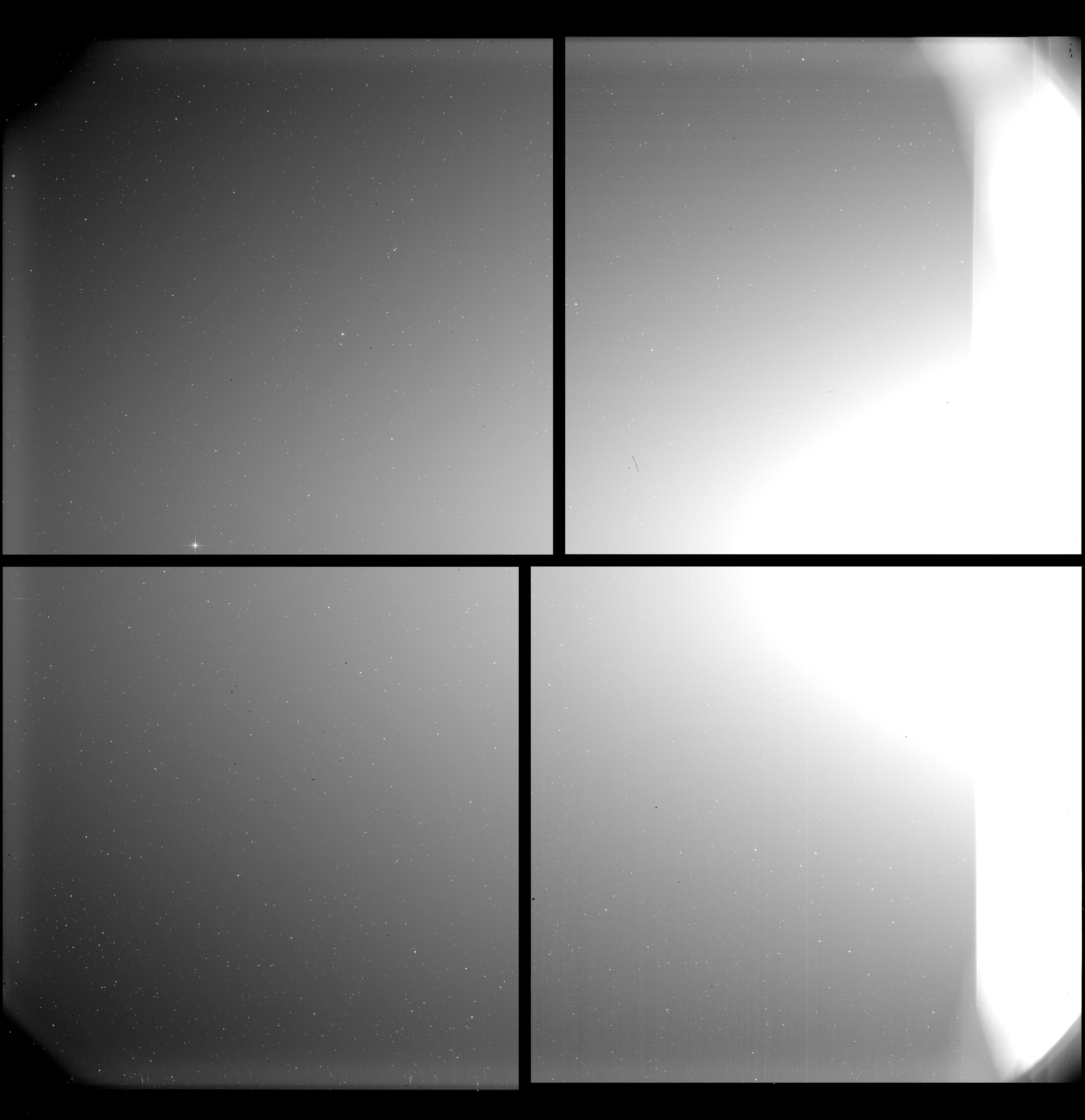
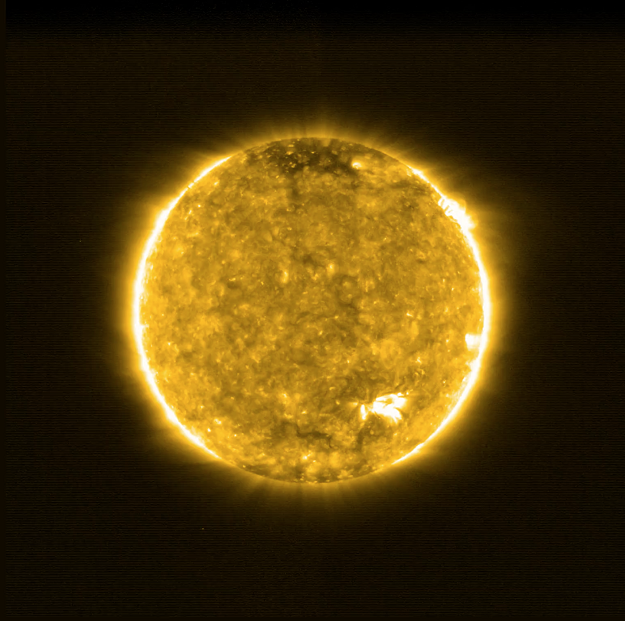
But figuring out how much the campfires actually contribute to that will require more data, including more precise measurements of their temperature. The Spectral Imaging of the Coronal Environment (SPICE) instrument on Solar Orbiter can do that.
“So we’re eagerly awaiting our next data set,” said Frédéric Auchère, principal investigator for SPICE operations at the Institute for Space Astrophysics in Orsay, France. “The hope is to detect nanoflares for sure and to quantify their role in coronal heating.”
But the EUI images are not the only new photos taken. The Solar and Heliospheric Imager (SoloHI) has also sent back some ethereal-looking images of the Sun’s zodiacal light, where light from the Sun reflects off of interplanetary dust. The zodiacal light is extremely faint, so SoloHI reduced the Sun’s own visible light to only a trillionth of its actual brightness in order for the zodiacal light to be visible.
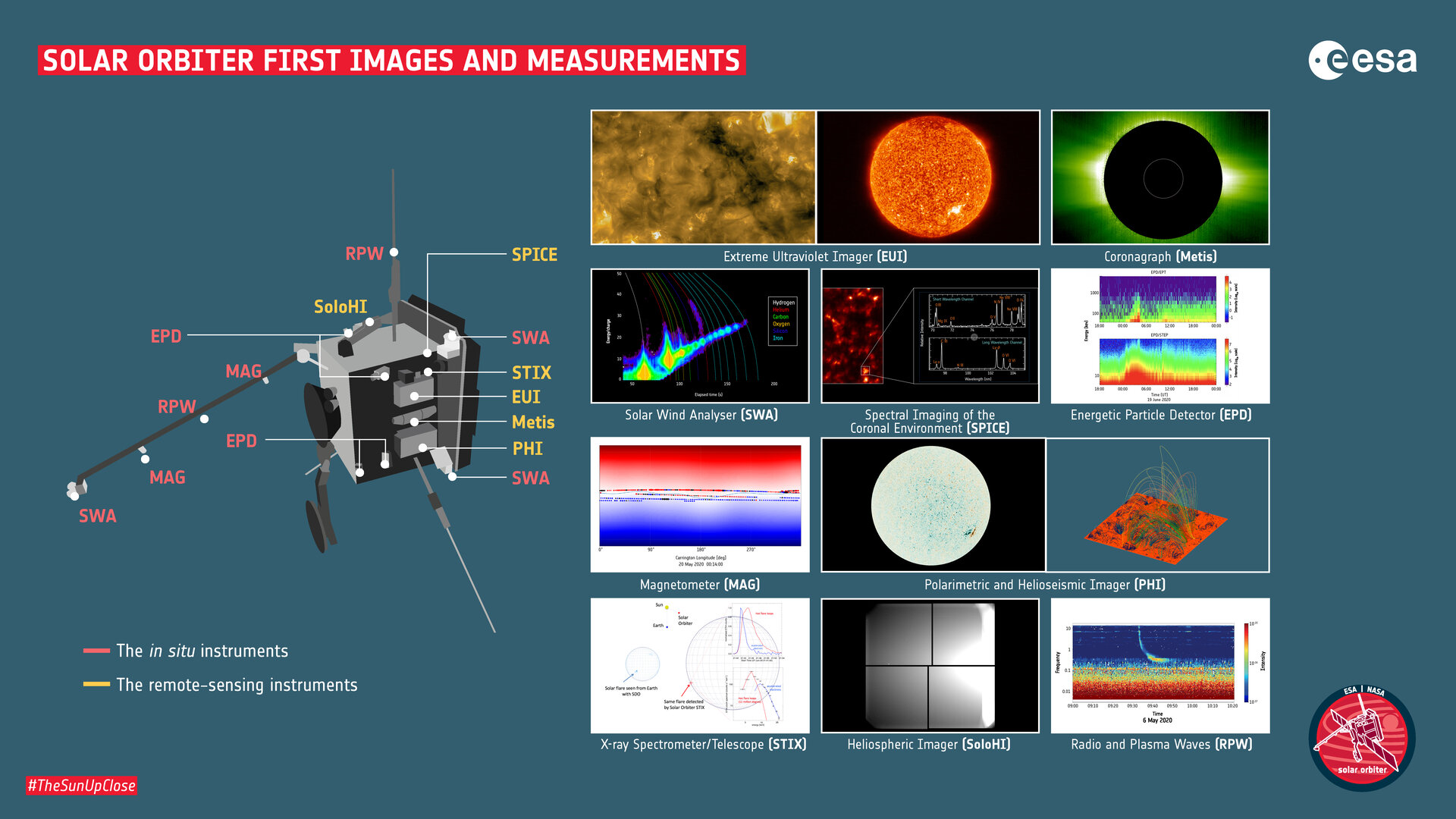
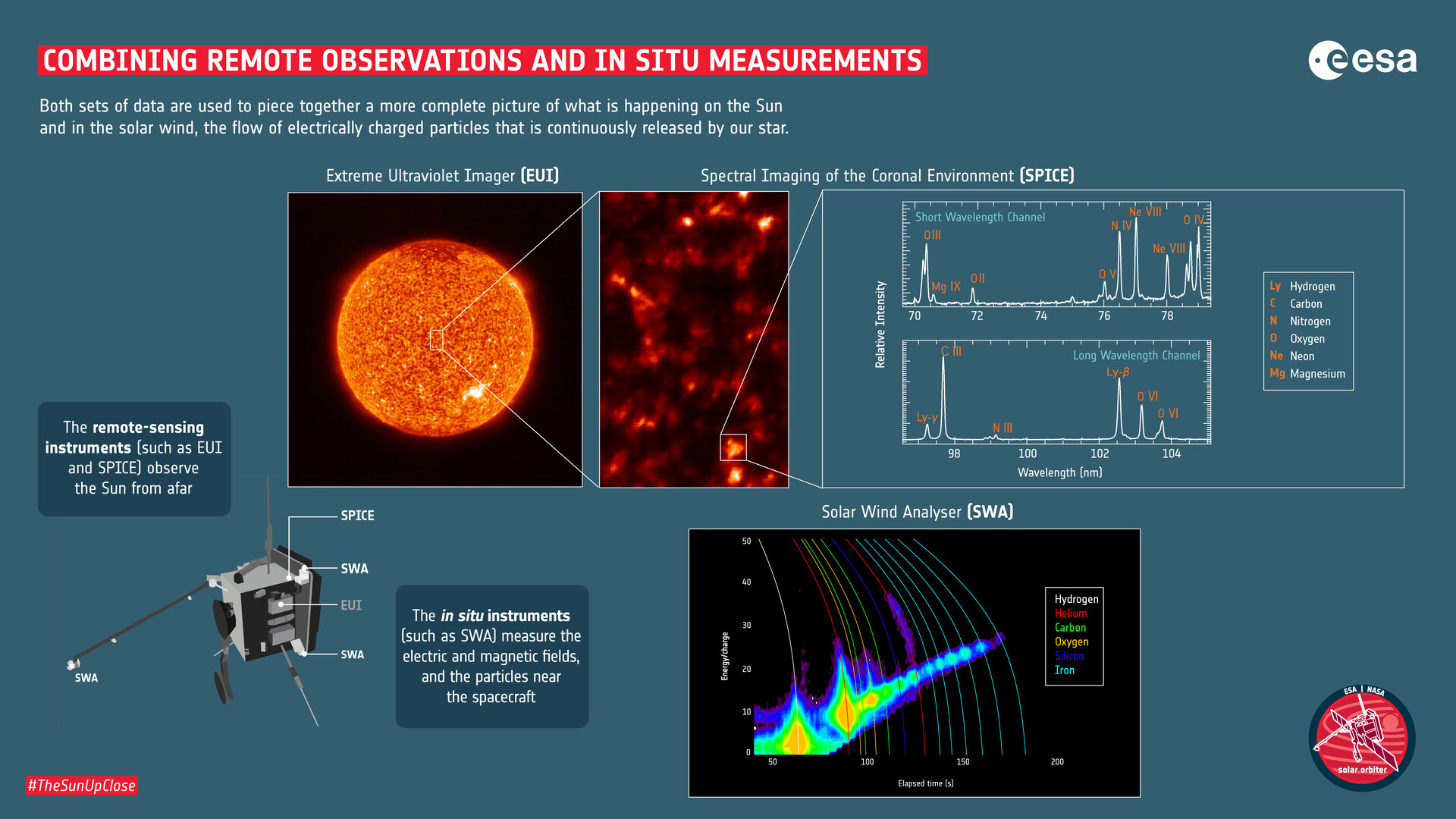
“The images produced such a perfect zodiacal light pattern, so clean,” said Russell Howard of the Naval Research Laboratory. “That gives us a lot of confidence that we will be able to see solar wind structures when we get closer to the Sun.”
The Sun’s magnetic field, particularly at the poles, was also imaged, by the Polarimetric and Helioseismic Imager (PHI).
“The magnetic structures we see at the visible surface show that PHI is receiving top-quality data,” said Sami Solanki, PHI’s principal investigator at the Max Planck Institute for Solar System Research in Göttingen, Germany. “We’re prepared for great science as more of the Sun’s poles comes into view.”
Getting these images wasn’t quite as straightforward as it would usually be, due to the COVID-19 pandemic. The European Space Operations Center (ESOC) in Darmstadt, Germany had to close down completely for more than a week in response, slowing down the commissioning phase where all the instruments on Solar Orbiter are tested. All team members, other than essential personnel, worked from home during this period.
“The pandemic required us to perform critical operations remotely – the first time we have ever done that,” said Howard.
Thankfully, the commissioning was completed in time for the June 15 flyby of the Sun.
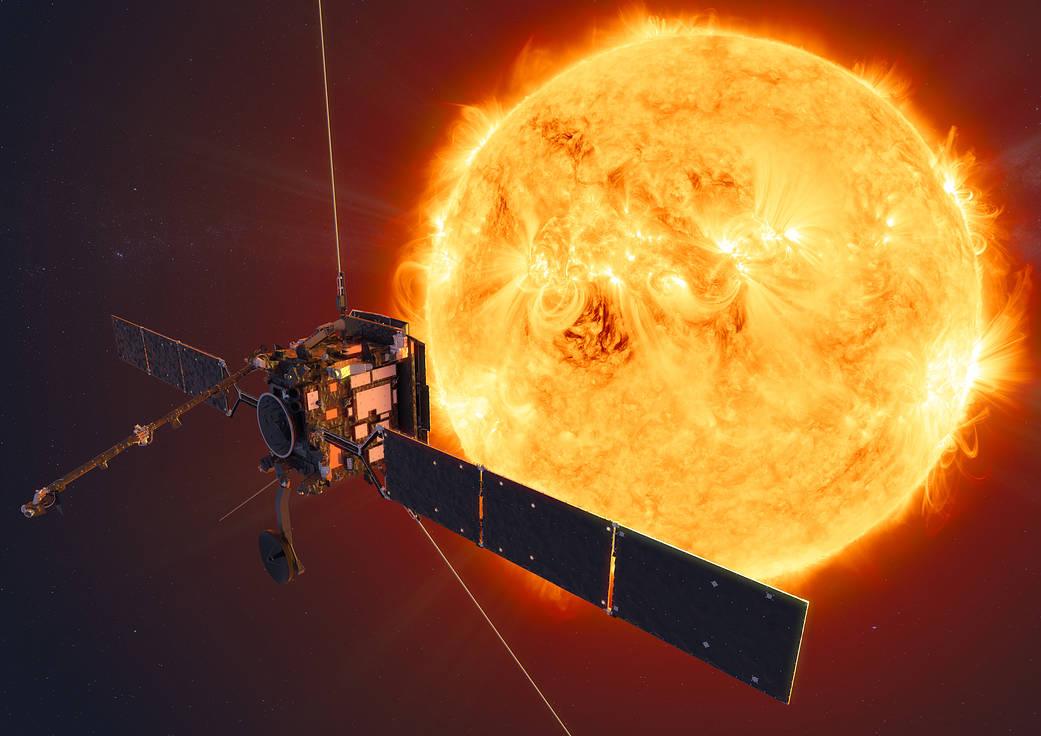
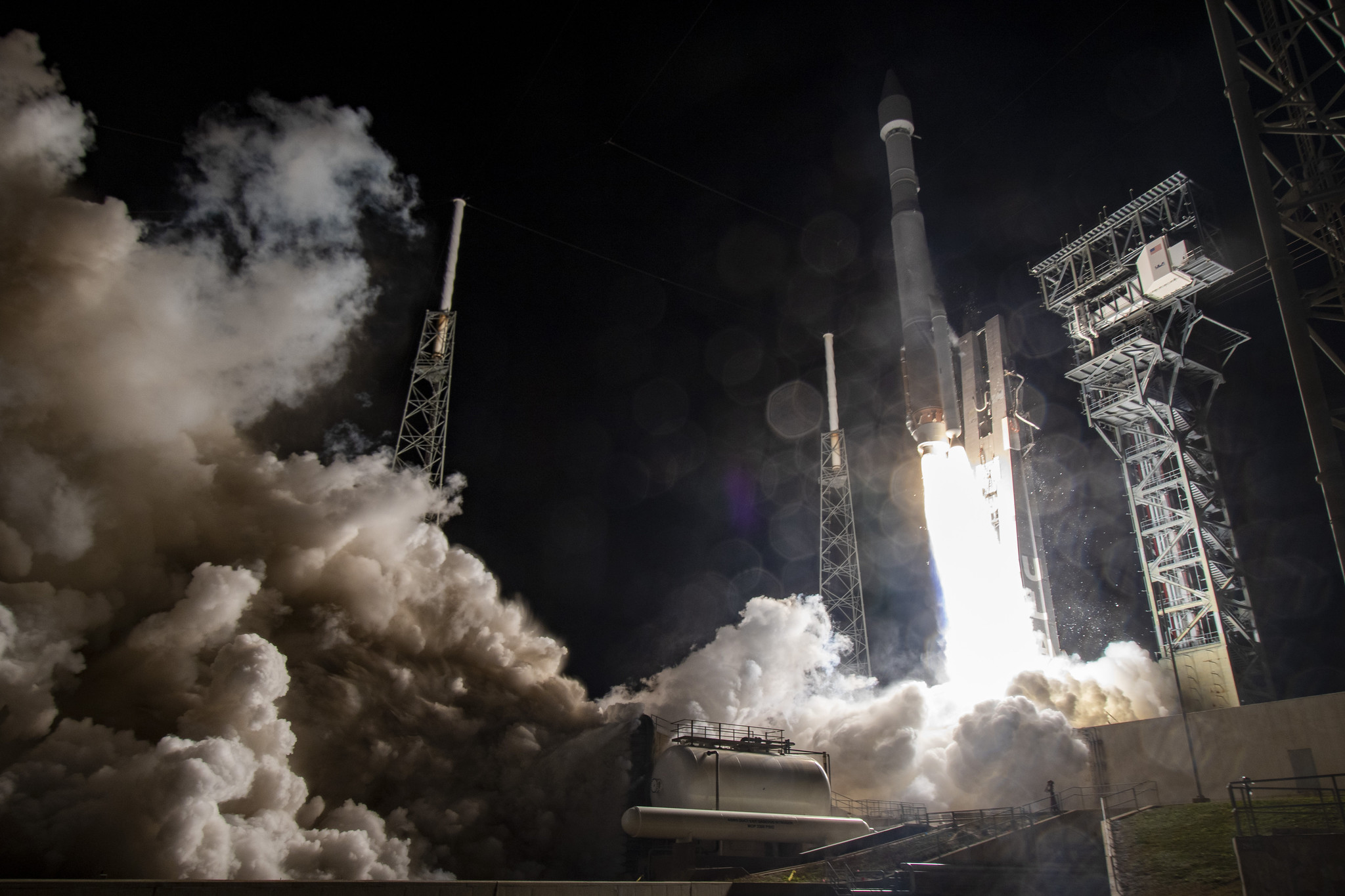
Solar Orbiter’s other four science instruments also sent back results during the close flyby. The Solar Wind Analyser (SWA) provided the first dedicated measurements of heavy ions (carbon, oxygen, silicon, iron, and others) in the solar wind from the Sun’s inner heliosphere.
Additional images and data are available in the Solar Orbiter image gallery.
Besides gazing at the Sun, Solar Orbiter also viewed the ion and dust tails of comet ATLAS on June 1st and 6th.
Solar Orbiter is similar to NASA’s Parker Solar Probe (PSP) in that it will make repeated orbits of the Sun, but it will use the gravity of Earth and Venus to steadily raise that orbit above the Sun’s poles, something never done before. Solar Orbiter won’t get as close to the Sun as PSP, but it will take the first-ever images of the Sun’s polar regions, which PSP can’t do. It will collect data on the plasma environment both right around the spacecraft and from the Sun itself; this will help scientists learn more about space weather from the Sun, such as the solar wind, and how it affects our planet. It will study how magnetically active regions evolve for up to four weeks at a time. It is designed to last for several years in the extreme environment near the Sun.
Solar Orbiter was launched on Feb. 9, 2020 from Space Launch Complex 41 at Cape Canaveral, onboard a United Launch Alliance (ULA) Atlas V rocket. This launch was also notable for the fact that the spacecraft flew atop the rarely-used “411” variant of the mighty Atlas V.
More information about Solar Orbiter is available on the mission website.
FOLLOW AmericaSpace on Facebook and Twitter!
Missions » Parker Solar Probe » Missions » Solar Orbiter »



